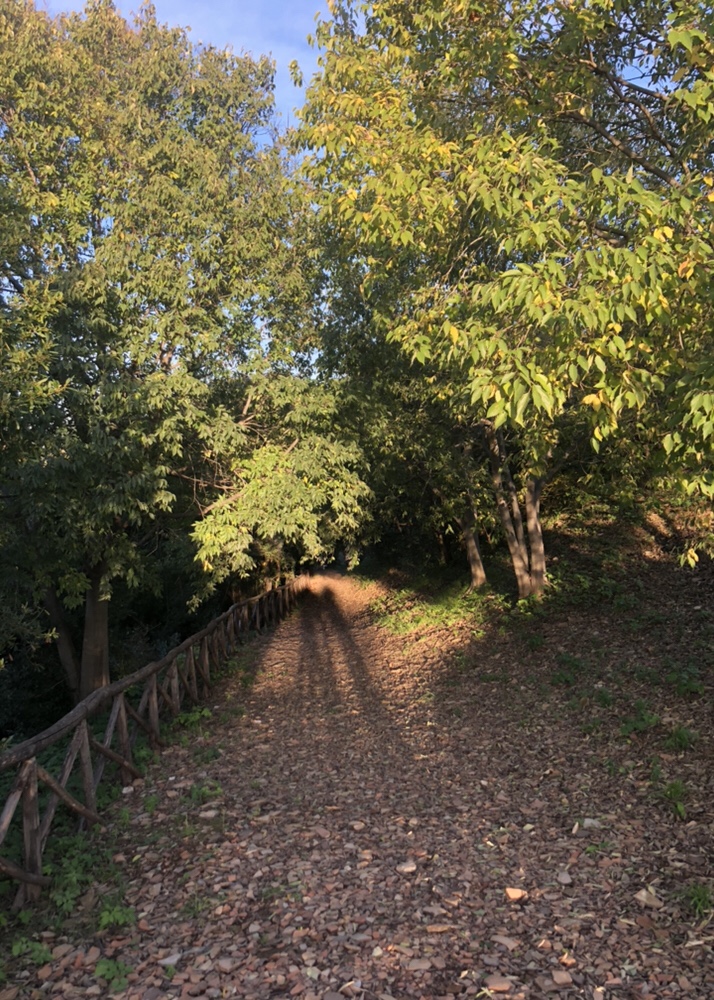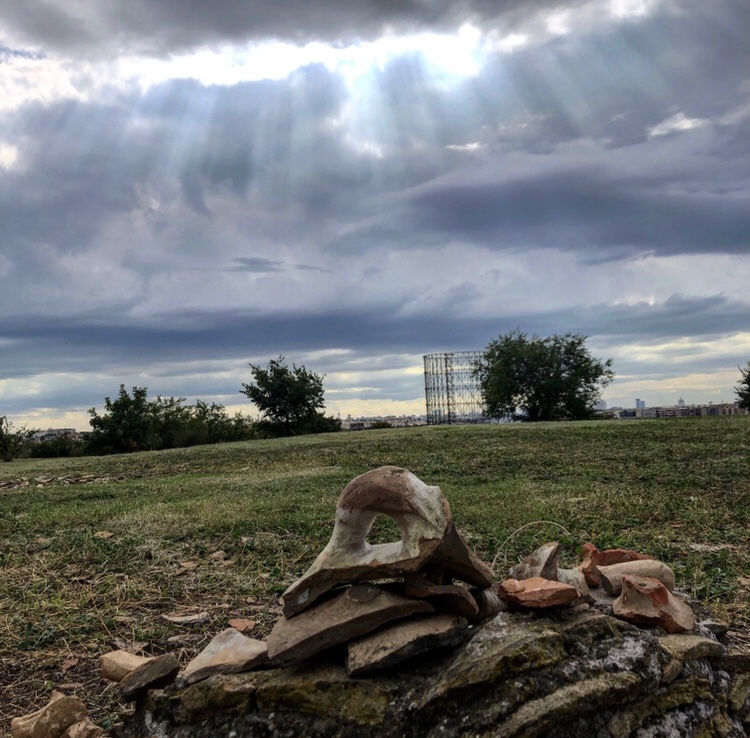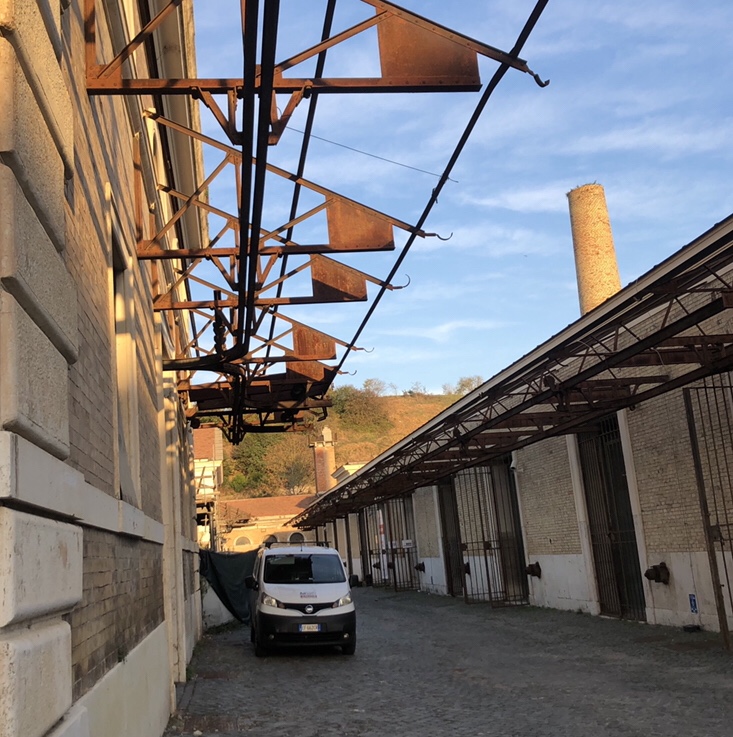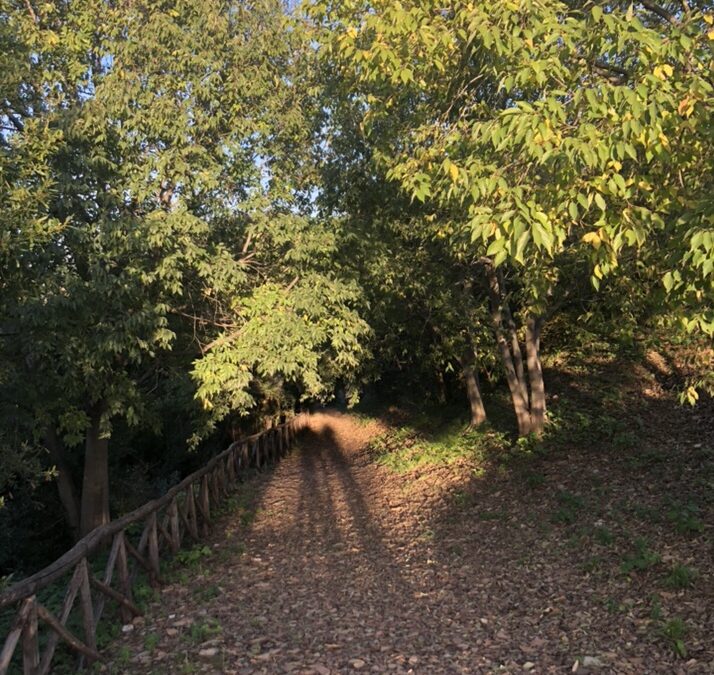Rome was famously founded on seven hills. Just outside the boundary of the most ancient incarnation of the city, beyond these hills, my geological map of the city shows a curious area of cross-hatching. A hill made not of the volcanic detritus of the seven, but of junk: a by-product of the human activity of Rome’s ancient past. This is the Monte Testaccio, or the Monte dei Cocci. Its names come respectively from “testae”, the Latin name for the pottery sherds which make it up, and “cocci” the modern Roman term for the same.
By the first century, Rome had a population of over a million people. With this unprecedented population came the same practical concerns of modern cities: water supply, housing, public order, and of course what to do with the rubbish.

It was at the river port, just below the city proper that imports were unloaded, and that amphorae in their millions were emptied of their wares. The terracotta pots in which they were transported were disposable. This ancient landfill site is testament to Roman ingenuity, and to the practicalities which underpinned the much celebrated grandeur of the Imperial city. They had rubbish to dispose of too.
The area–once so central to the city’s digestive system–would be abandoned after the collapse of Empire. It would, once again, become essential to the city after the Unification of Italy in the late 19th century.

Home to a state-of-the-art nineteenth century abattoir in use until the 1970s, Testaccio would once again feed the city. The area has firmly remained at the heart of Roman cuisine, especially the quinto quarto, the “fifth quarter”, so beautifully described by Rachel Roddy in her award winning book Five Quarters (published in the USA as “My Kitchen in Rome”).
Testaccio is a fabulous place for us to explore the entrails of the city, both ancient and modern. Rachel and I shall be leading you via live-streamed webinar through the former abattoir that once fed the nascent capital, we shall make our way around the base of the mountain of pots, and wander along a section of the Aurelian Walls before repairing to a favourite trattoria where we shall talk of chestnuts, the consolation of Autumn.

Starting at 3.30pm Rome time (GMT+1; 2.30pm UK & Ireland; 9.30am ET; 8.30am CT, for example) the broadcast will last for 90 minutes and cost 30 euros per screen connection for as many people as you like, and as many questions as you like along the way. The stream will be broadcast via Zoom webinar. To book please email: info@understandingrome.com.


Recent Comments